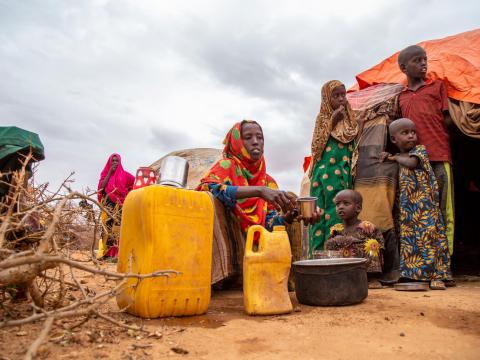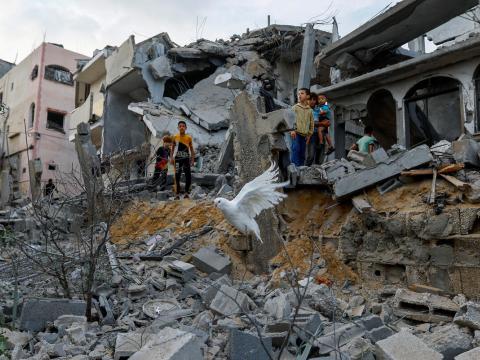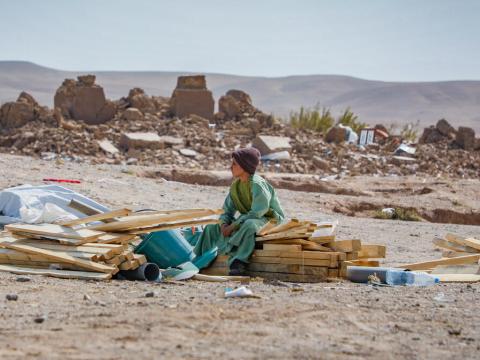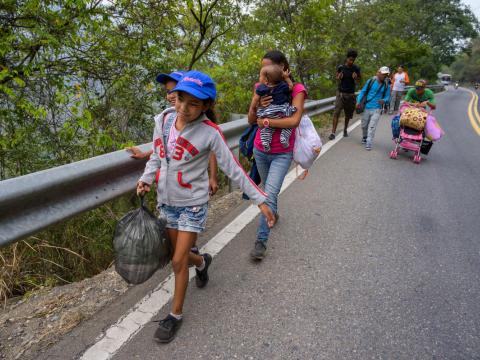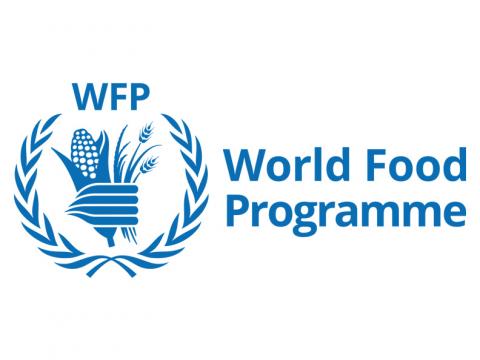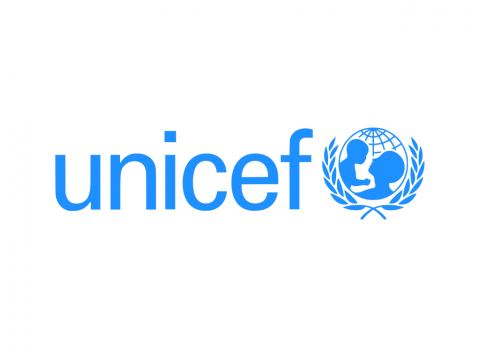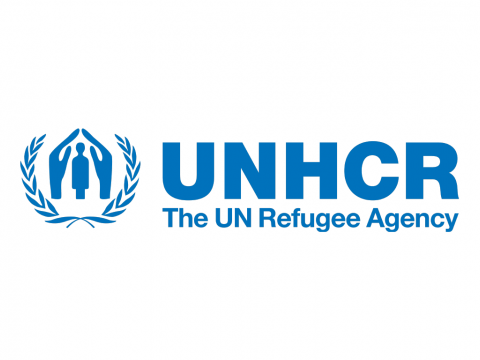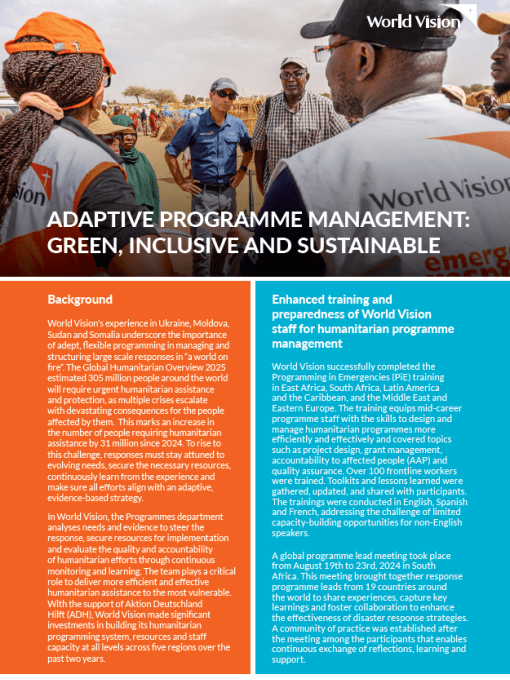
Global Emergencies
Last year World Vision helped more than
30 million people affected by emergencies
Emergencies
Before, during and after emergencies, we are there.
When humanitarian disasters and conflicts strike it’s children who suffer the most. Trauma, violence, hunger, and the loss of homes, schooling and a sense of safety all deeply hurt girls and boys. Children’s lives are completely disrupted. Often, they are forced to flee for their lives.
This is why World Vision works to restore hope by providing children and their communities with food, clean water, mental health support, and education, disease prevention and child protection activities.
World Vision is a global expert, having responded to hundreds of emergencies around the world since the 1950s. We reach tens of millions of children and their loved ones every year.
We stand with communities right from disaster through to recovery and building back. We do it by working with local people, partners, governments and the UN, with funding from a whole range of international and private donors.



We support survivors of emergencies with:
Find out where we are actively responding on the map
Our Emergency Work
We make a safer world for children by working together with:
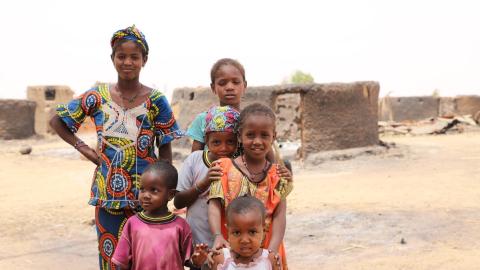
Burkina Faso Response
Burkina Faso is a new operational area for World Vision’s humanitarian emergency response. World Vision will provide life-saving support, to reduce suffering while strengthening resilience among women, men, boys, and girls, regardless of religion, race, ethnicity, or gender. World Vision’s initial operations are targeting six provinces with an aim of reaching more than 420,000 conflict and humanitarian crisis affected people, 59% of whom are children under the age of 18 years.
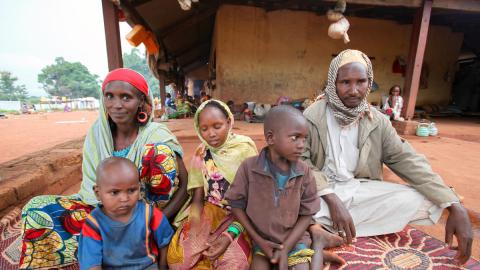
Central African Republic Emergency
Children do not start wars. Yet when conflict rages, children are disproportionately punished by its brutality. Here in the Central African Republic, an estimated 1,859,809 million children (under 18 age) live in a context affected by conflicts and disasters, with more than half of them forced from their homes. The impact of conflict permeates every facet of a child’s life. It robs them of their friends, family and community, removing their sense of well-being. Of the country’s population of 4.6 million people, more than 2.3 million people are in need of humanitarian assistance and almost 20% of them are internally displaced persons.
Related Resources
Empower a child and their community to change their future
Note: You will be redirected to your country's support office.


